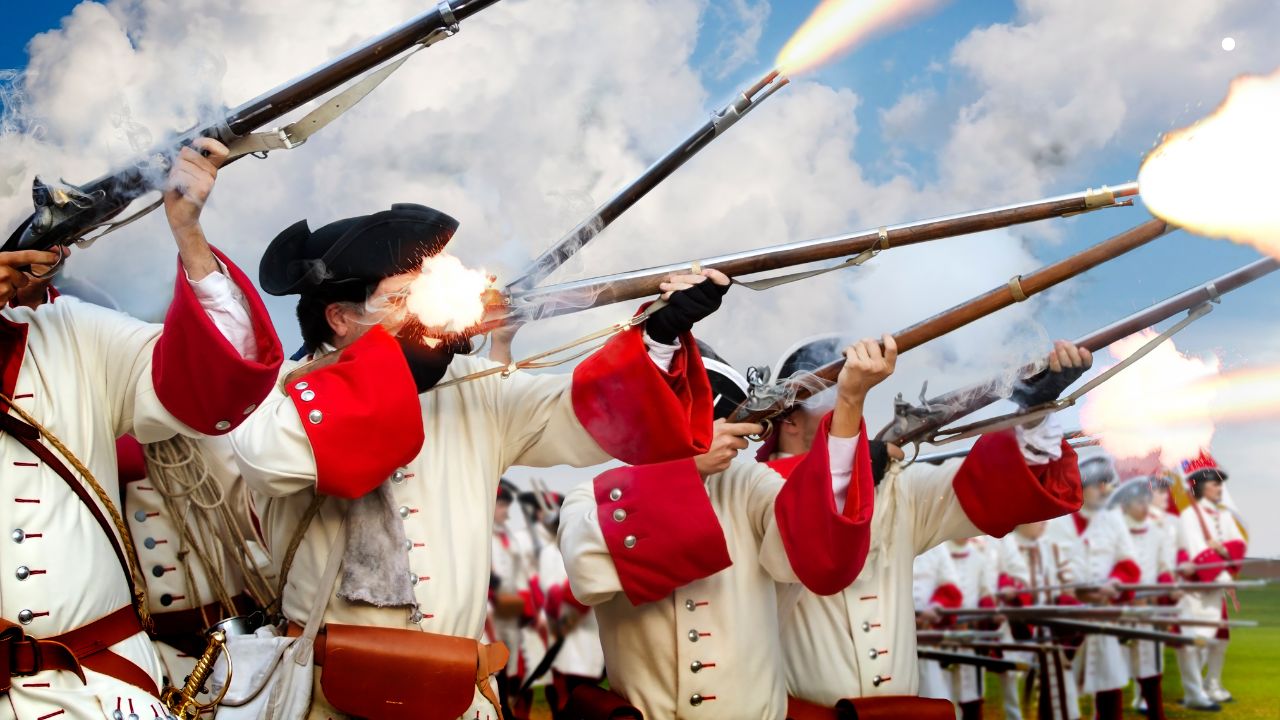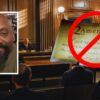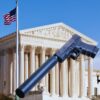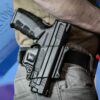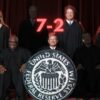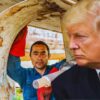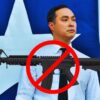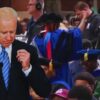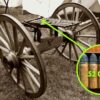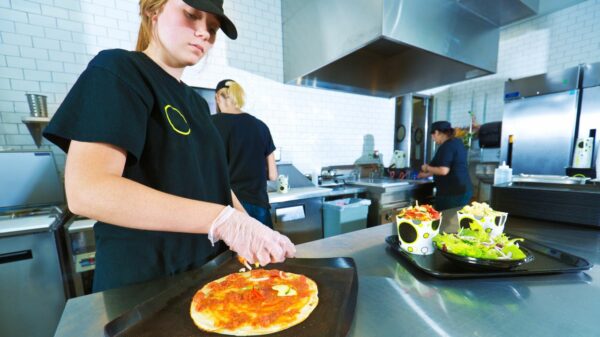The American Revolutionary War was perhaps the most important conflict that America ever fought. That’s because had America not fought (and won) the Revolution, the country would not even exist today! Let’s take a look at some of the personal infantry weapons that helped carry the American colonists to victory, as well as some of the weapons that were used by the British and Loyalist forces in their ultimately defeated attempt to suppress the impassioned rebellion:
Charleville Musket Model 1763/1766
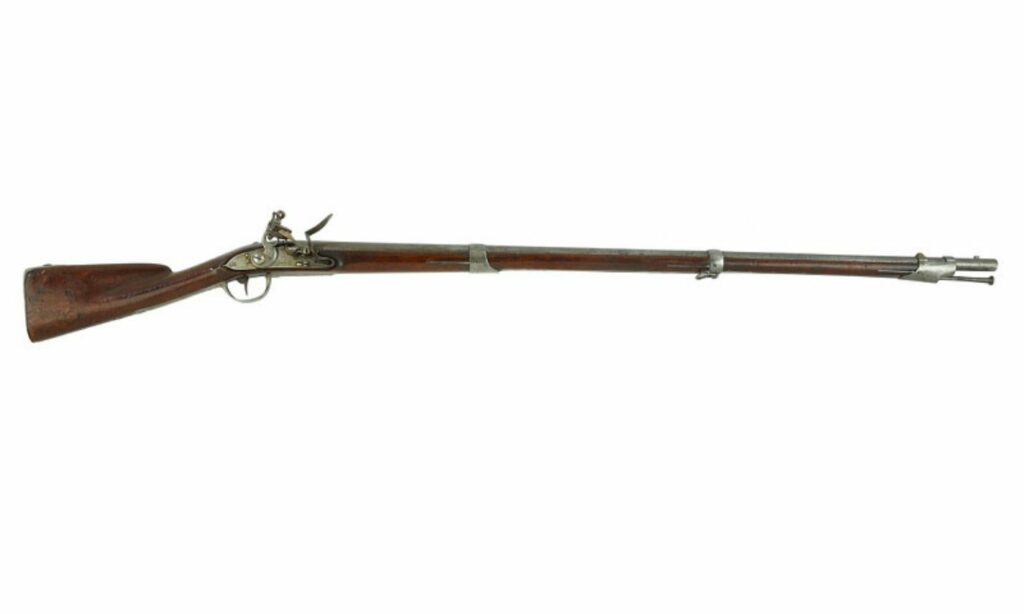
The Charleville Musket, Models of 1763 and 1766, were French-made muskets that were imported into America during the war. This was largely due to Marquis de Lafayette, a French general who helped train the American colonists to fight and later led them to victory at Yorktown. The Charleville is also notable because it would go on to later influence the American-made Springfield 1795 musket, which saw widespread use in the War of 1812.
Spanish Model 1757 Rifle
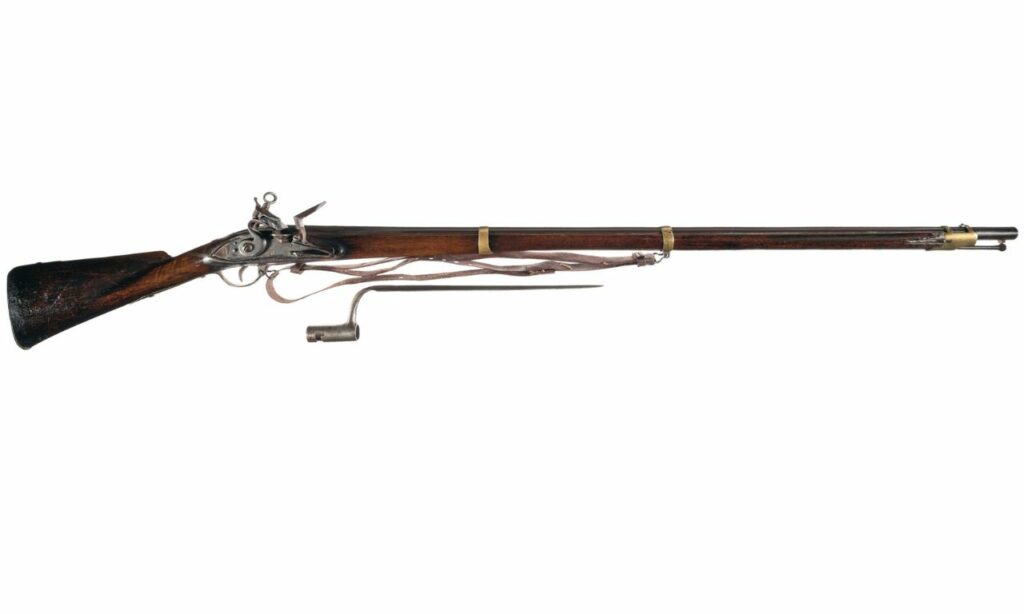
While France was the European country that supplied the most arms to the Americans during the Revolutionary War, the Spanish also offered the colonists with a decent number of small arms. Perhaps the most notable was the Spanish Model 1757 rifle.
Pennsylvania Long Rifle
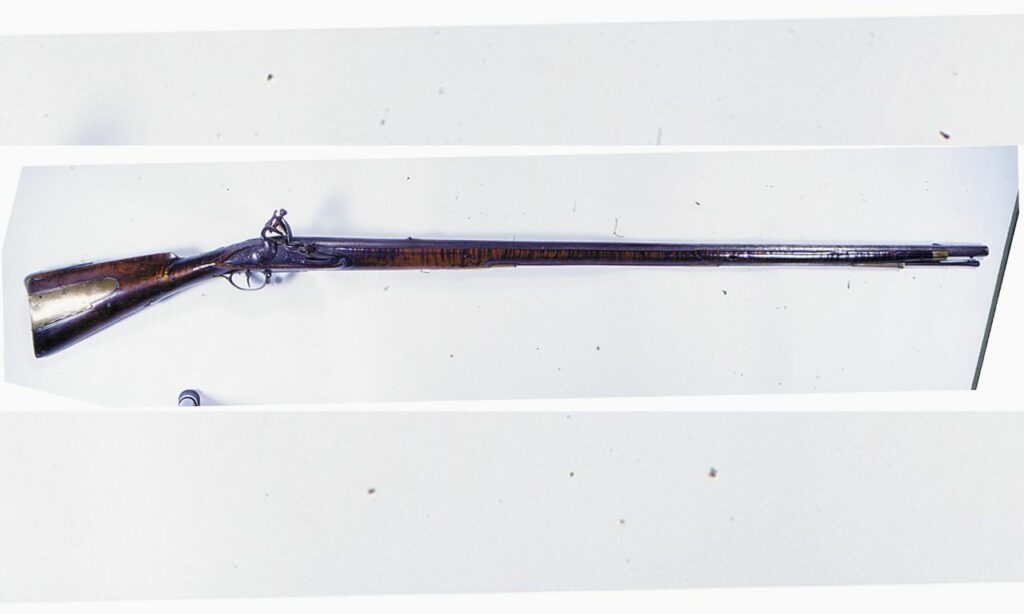
The Pennsylvania Long Rifles were produced by German gunsmiths who based these muskets on the earlier German-made Jager rifles. Pennsylvania rifles were known for their grooved barrels that improved their range and accuracy of the day, which made them excellent choices for sharpshooters and snipers. However, their more complex reloading process and lack of ability to affix a bayonet meant that they weren’t the best choice for soldiers who engaged the British in lined infantry formations.
Pattern 1776 Rifle
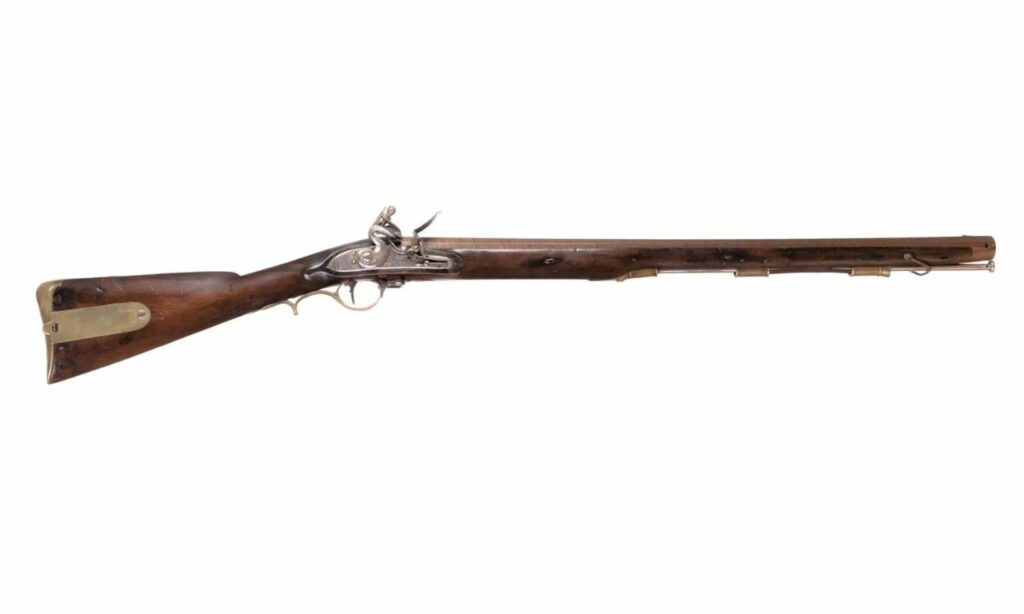
The Pattern 1776 was meant to the British answer to the Pennsylvania long rifle, as the standard Brown Bess had too short of a range for the British to engage American sharpshooters directly. Most Pattern 1776s were issued to British elite mounted units, but ultimately, they saw very limited service when compared to the Brown Bess.
Brown Bess Musket
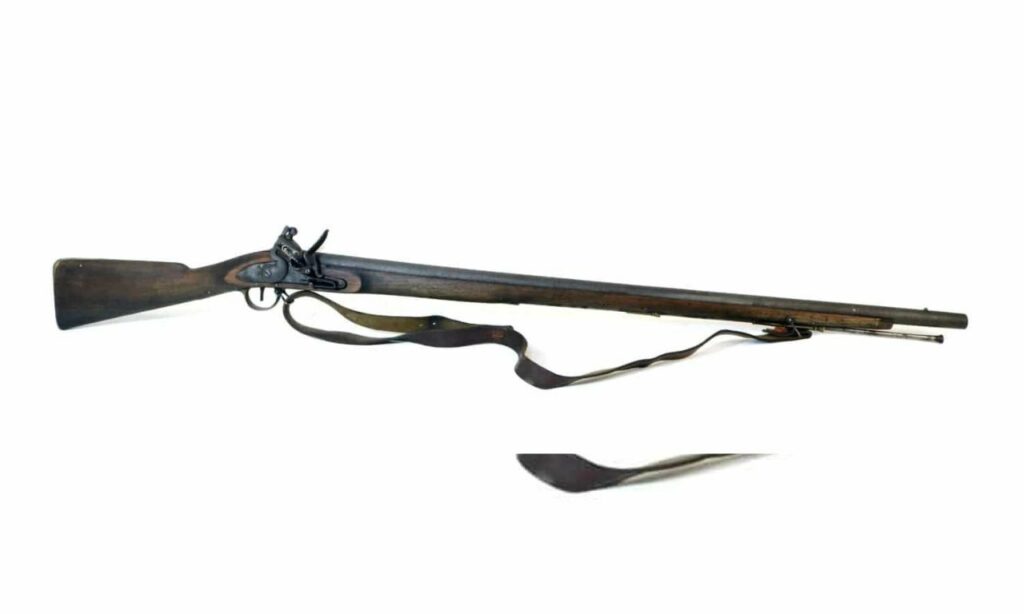
The Brown Bess Musket was one of the most widely used rifles in the conflict. It was the standard issue infantry rifle of the British Army for over a century, and was captured and used in decent numbers by the American colonists in the Revolution as well. Also known as the Short Land Pattern or Long Land Pattern Musket (depending on the configuration), the Brown Bess was usually employed the British for volley firing in long line formations.
Ferguson Rifle
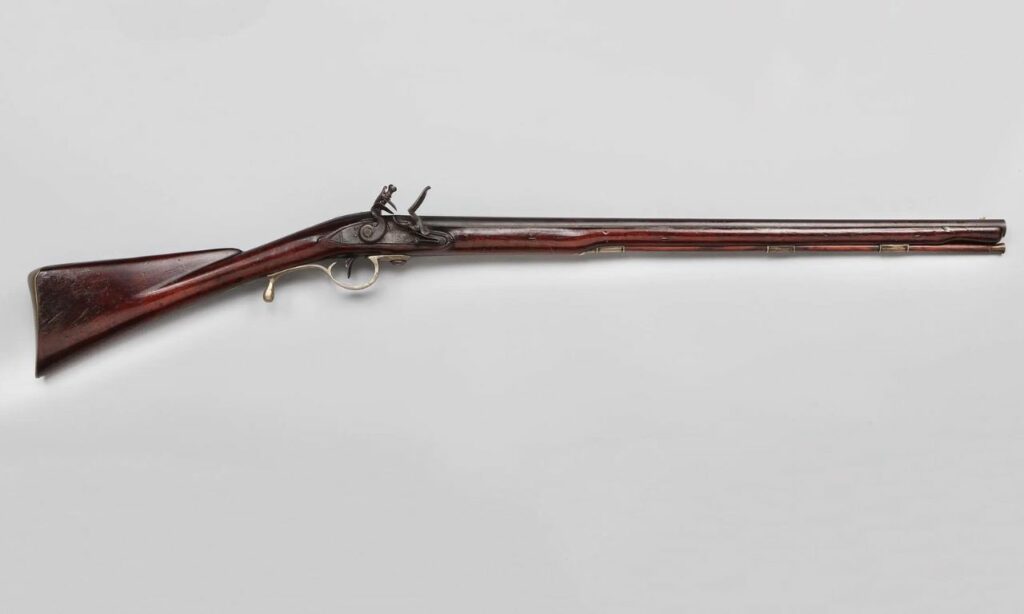
The Ferguson rifle was one of the most innovative rifles of the Revolutionary War period. Developed by the British Major Patrick Ferguson, this was one of the first breech loading rifles that had a rate of fire far faster than the muskets of the day. However, it was also very expensive to produce, and production ended when Ferguson was wounded and his unit broken up. Today, only two original versions are still known to exist.
Hessian Dragoon Pistol
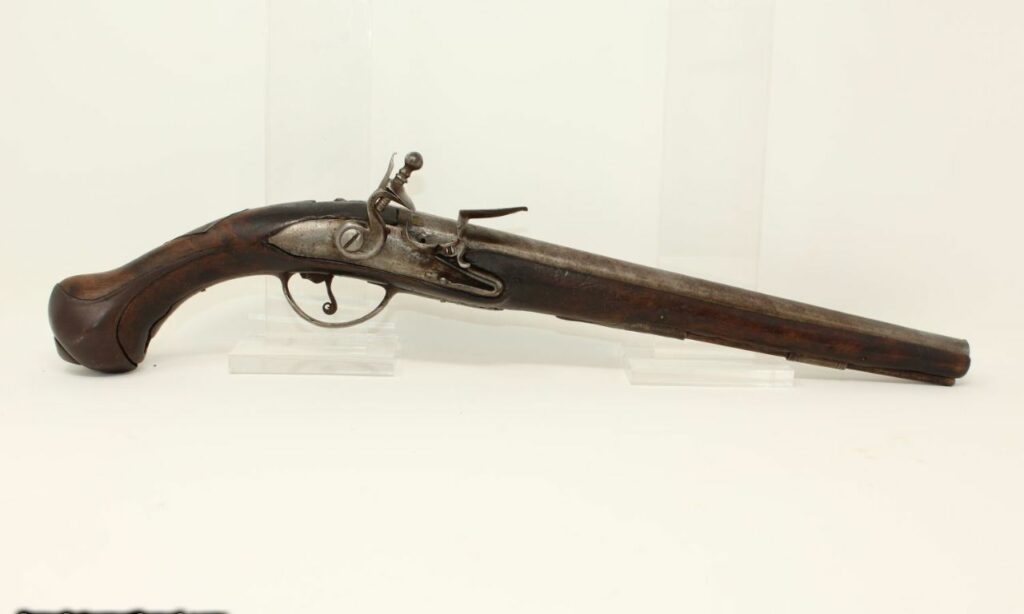
The Hessian Dragoon Pistol, like the name suggests, were larger-sized flintlock pistols that were utilized by the Hessian forces who supported the British. A decent number of these handguns were captured by American soldiers, who would then likewise use them as personal sidearms.
Kentucky Flintlock Pistol
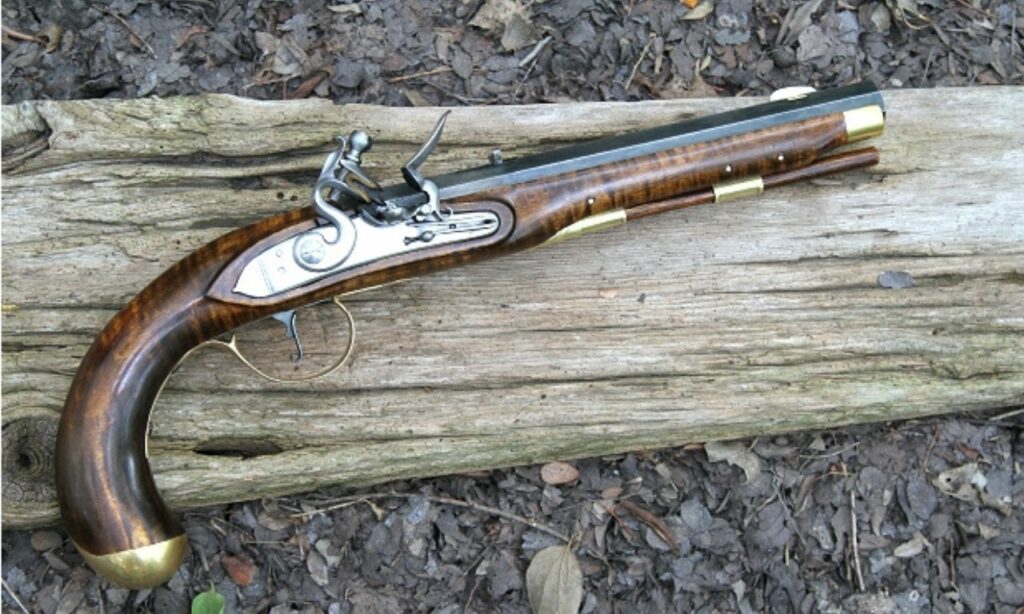
The Kentucky Flintlock Pistol was one of the most widely used flintlock pistols by the American colonists in the war. While not standard issue amongst infantrymen, it was often carried by officers, either on their person or in a holster attached to their saddles.
Modele 1763 Flintlock Pistol
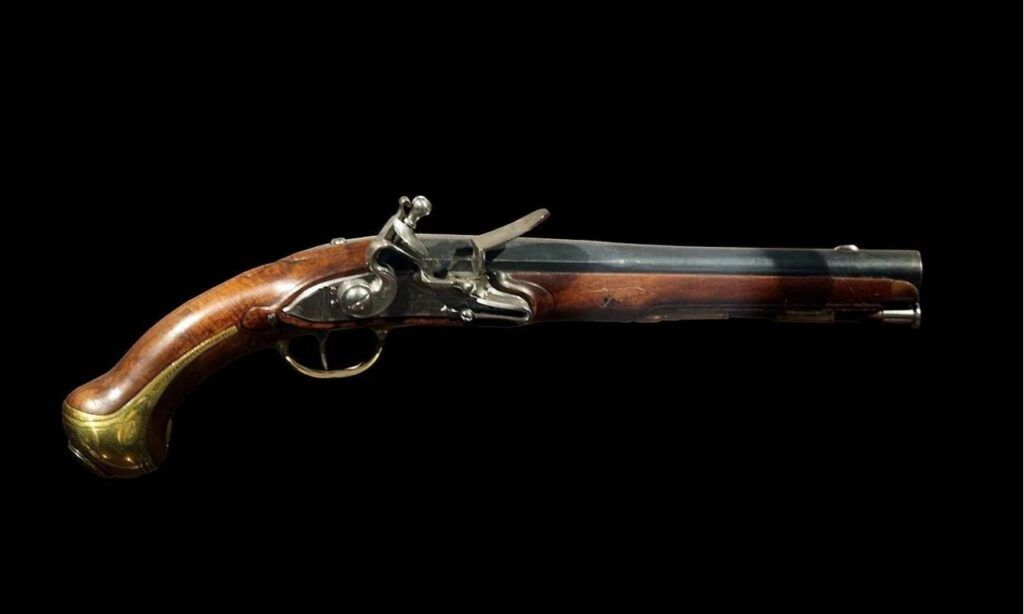
Another handgun widely used by the colonists was the French-made Modele 1763 Flintlock pistol. This pistol was widely used by the French during the prior French-Indian War, and a decent number of them were kept leftover for use by American forces during the Revolution as well.
Light Dragoon Pistol
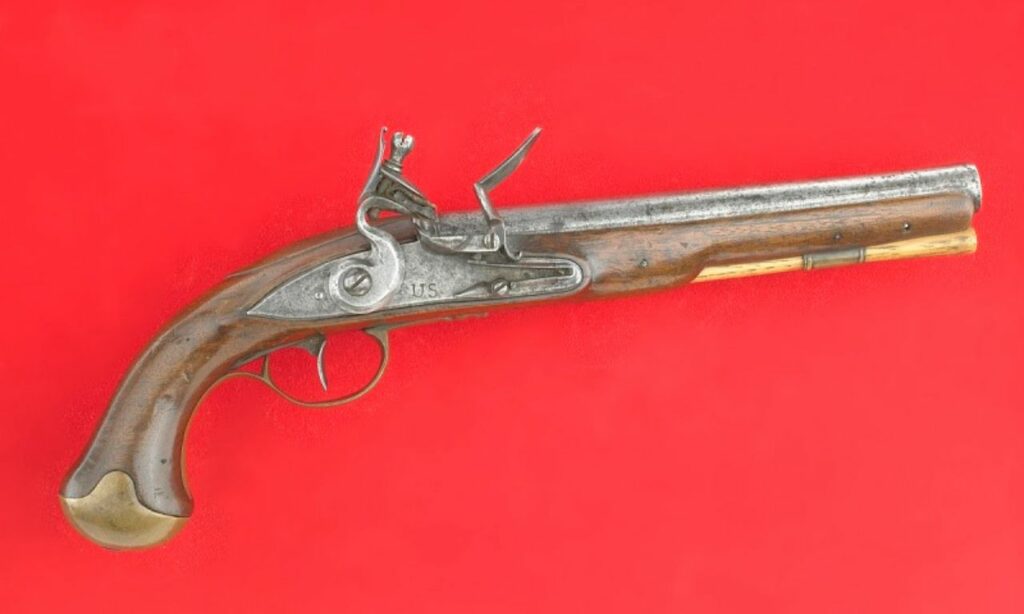
One of the most widely used pistols by the British was the Light Dragoon Pistol, which was specifically issued to cavalry regiments during the war (in particular, the 1st and 2nd Continental Light Dragoons). It bears somewhat of a close resemblance to the French Modele 1763.
Small Sword
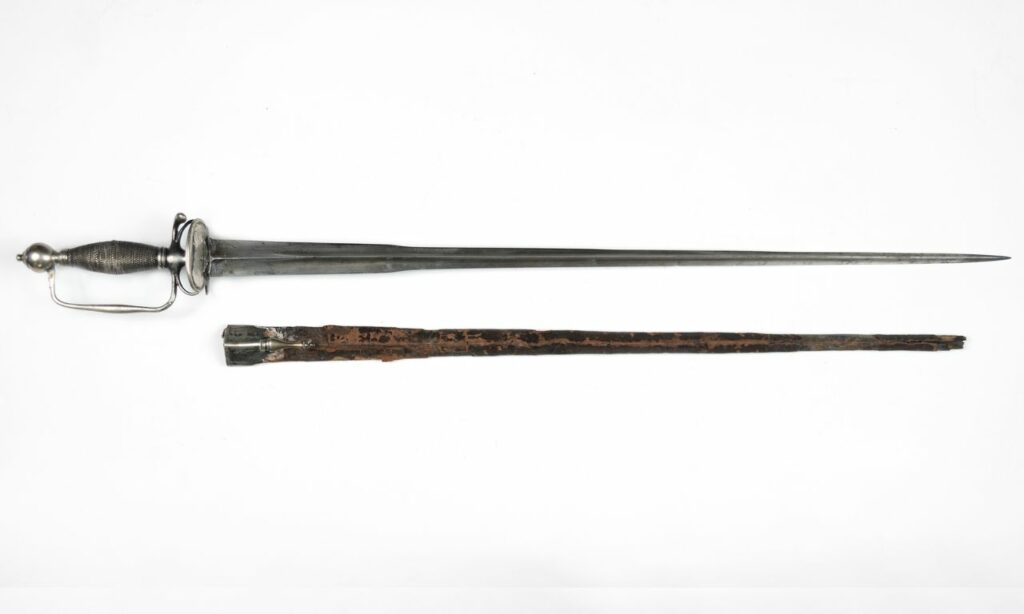
The colloquially-named ‘Small Sword’ was often carried by American officers during the Revolution. In fact, it was the most widely used sword by the American side throughout the conflict.
French Model of 1767 Infantry Officer’s Sword
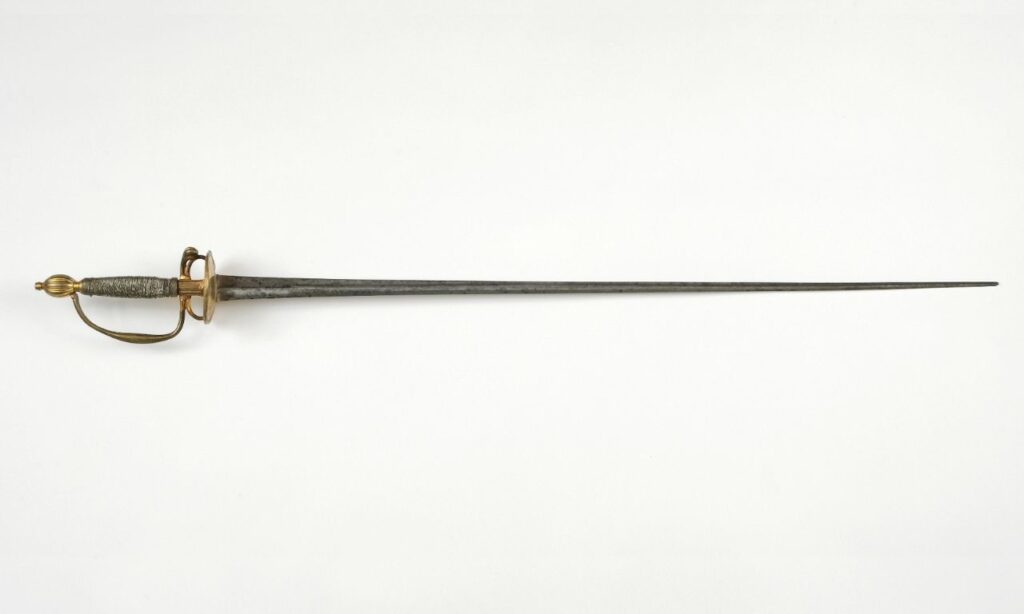
The French Model of 1767 Infantry Officer’s Sword, also known as the Epee d’Officier, was the primary French sword that was imported into America to be used by the colonists during the struggle. As with the Charleville muskets, this can mainly be attributed to the actions of Marquis de Lafayette.
Horseman Sabers
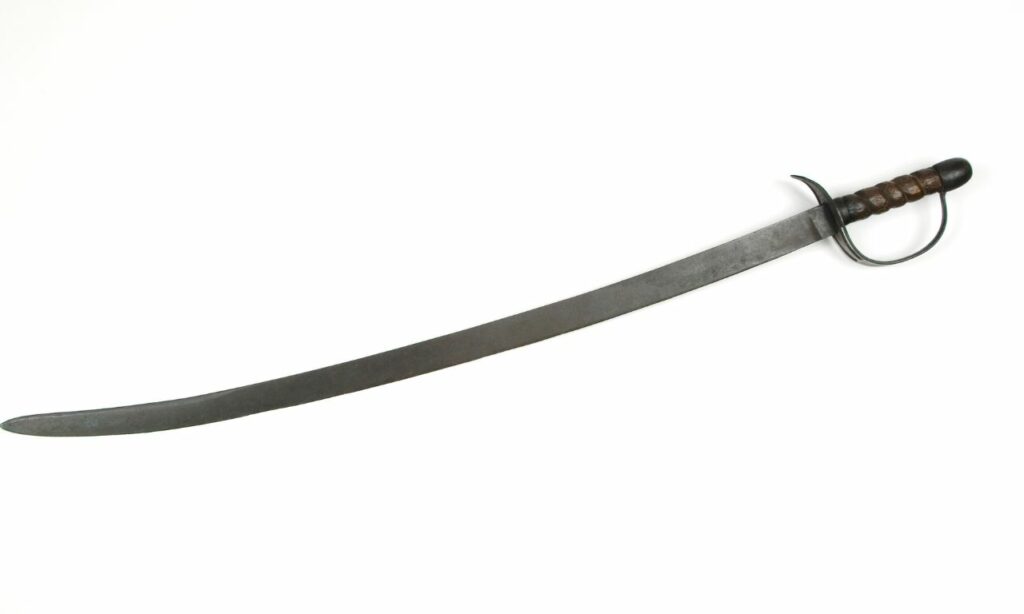
Horseman sabers were widely used by both sides during the war. Like the name suggests, these were long swords with a slight curve to the blade that were carried primary by cavalry units.
Highland Broadsword
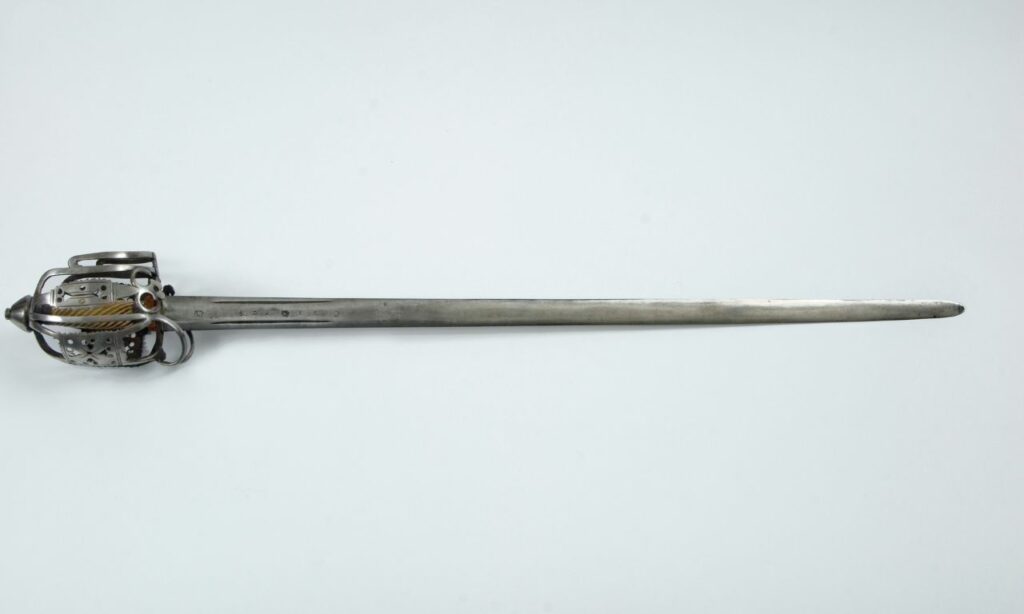
Highland Broadswords, which were known for their distinctive ‘basket hilt’ hand guards and strong blades, were among the most common bladed weapons used by Scottish Highlanders throughout the 1700s. Naturally, a large number of them were carried by Scottish infantrymen and cavalry units during the war. A few were captured by the Americans and then deployed against the British.
Cuttoe Sword
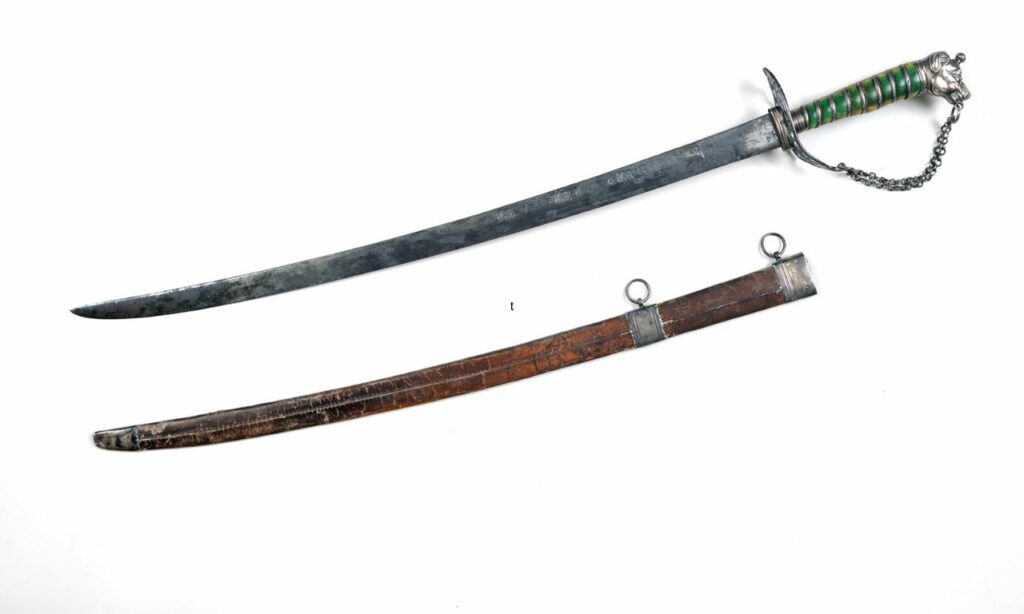
The cuttoe, also known as the cutlass, was a short sword with a curved blade that was often carried by officers on both sides of the war who had higher rank. The cuttoe’s name is derived from the French word ‘couteau,’ referring to its almost machete-like blade. The cuttoe was easier to wield than the horseman’s saber in tighter conditions, particularly due to its short length, but was less ideal for use by cavalry units that charged infantry formations for the same reason.
Tomahawks
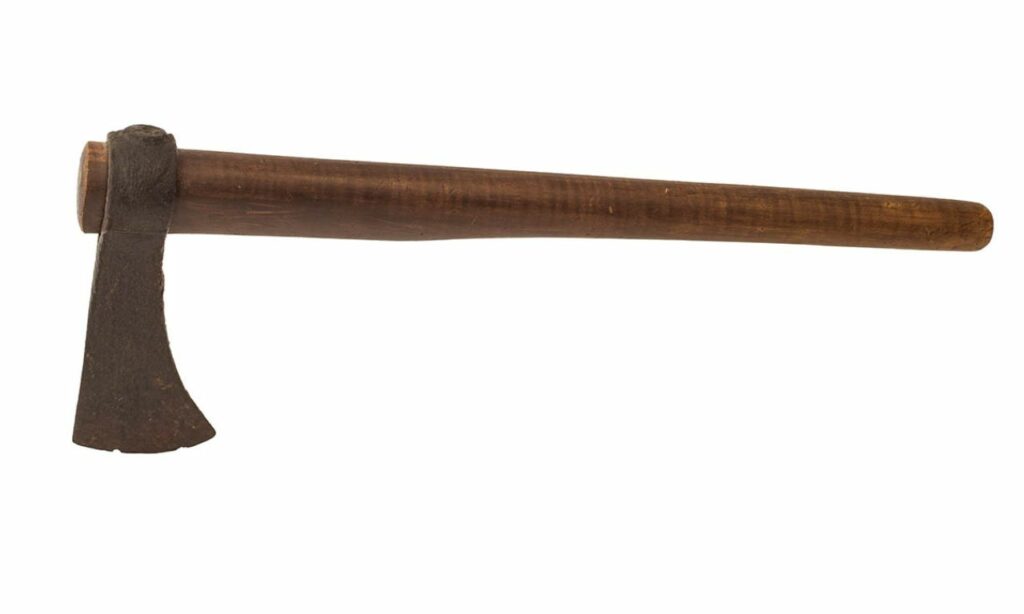
Tomahawks were favorite weapons of the Native American tribes during the French and Indian and Revolutionary Wars, and they were also used in great numbers by the American colonists as well. In fact, the Continental Army Enlistment Agreement actually stipulated that American infantrymen were to arm themselves with either a tomahawk or hatchet if they could not acquire a bayonet to attach to the end of their musket. Besides use in close quarters combat, tomahawks were also effective weapons for various utilitarian tasks such as digging and making shelters.
